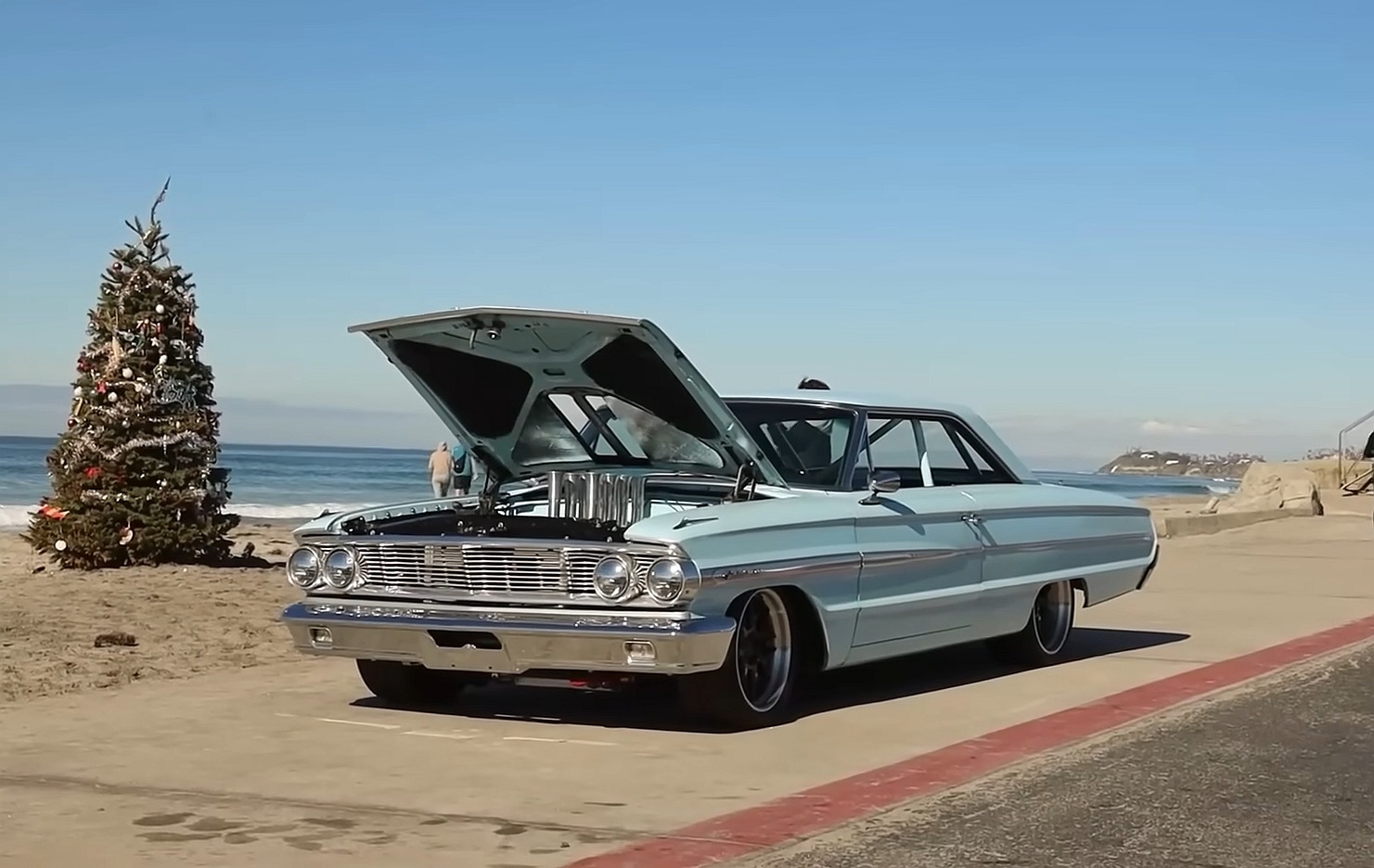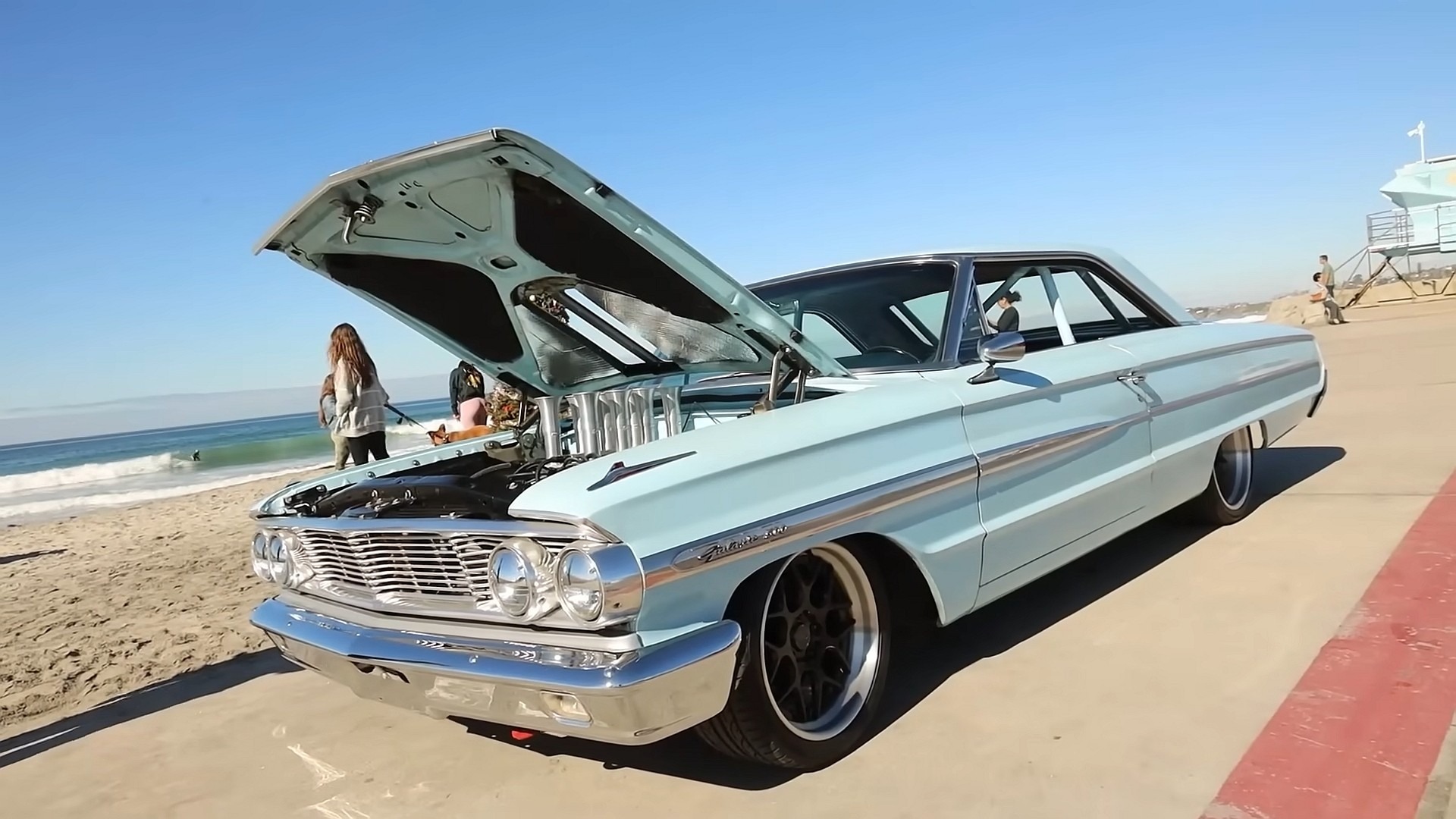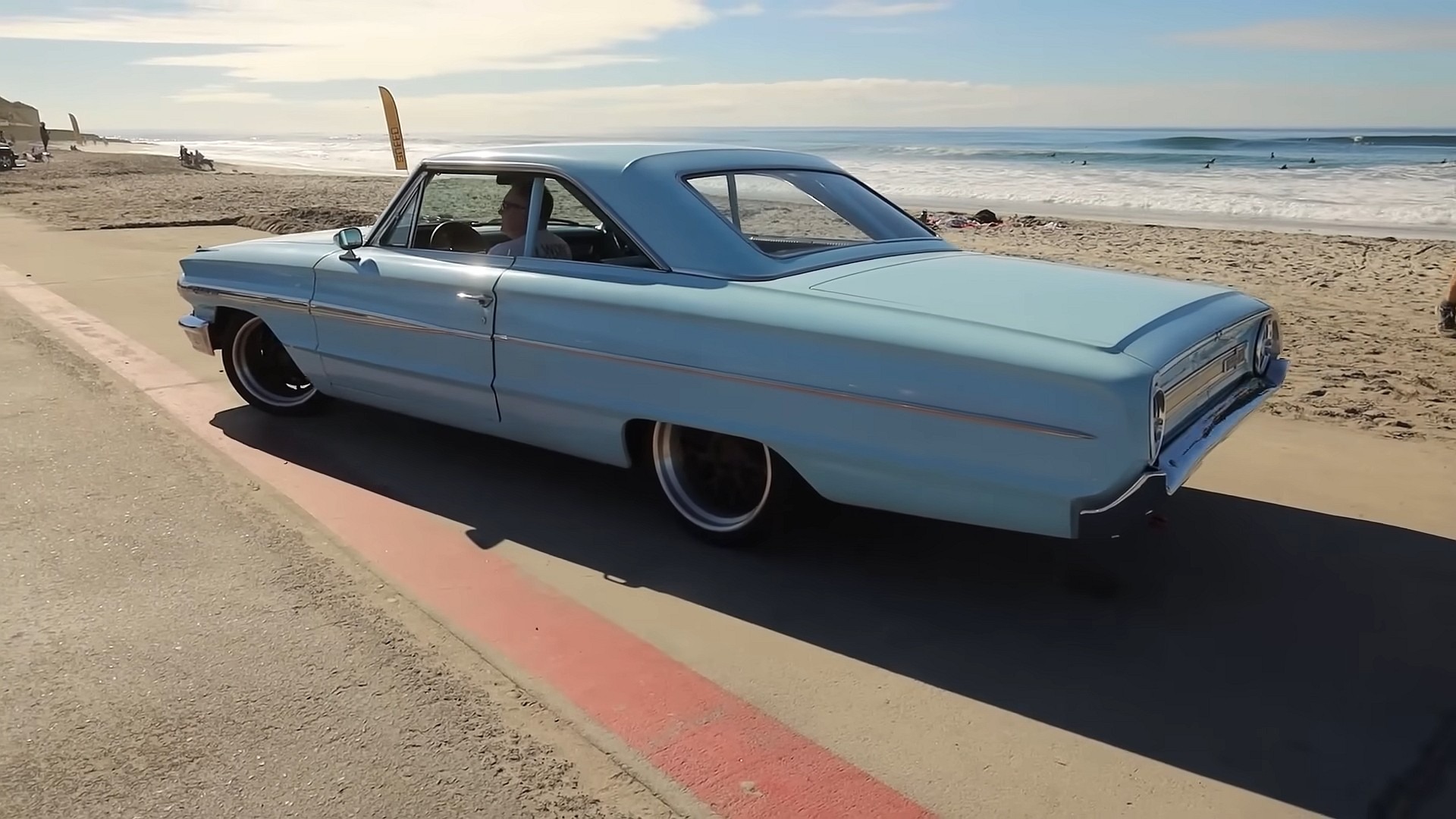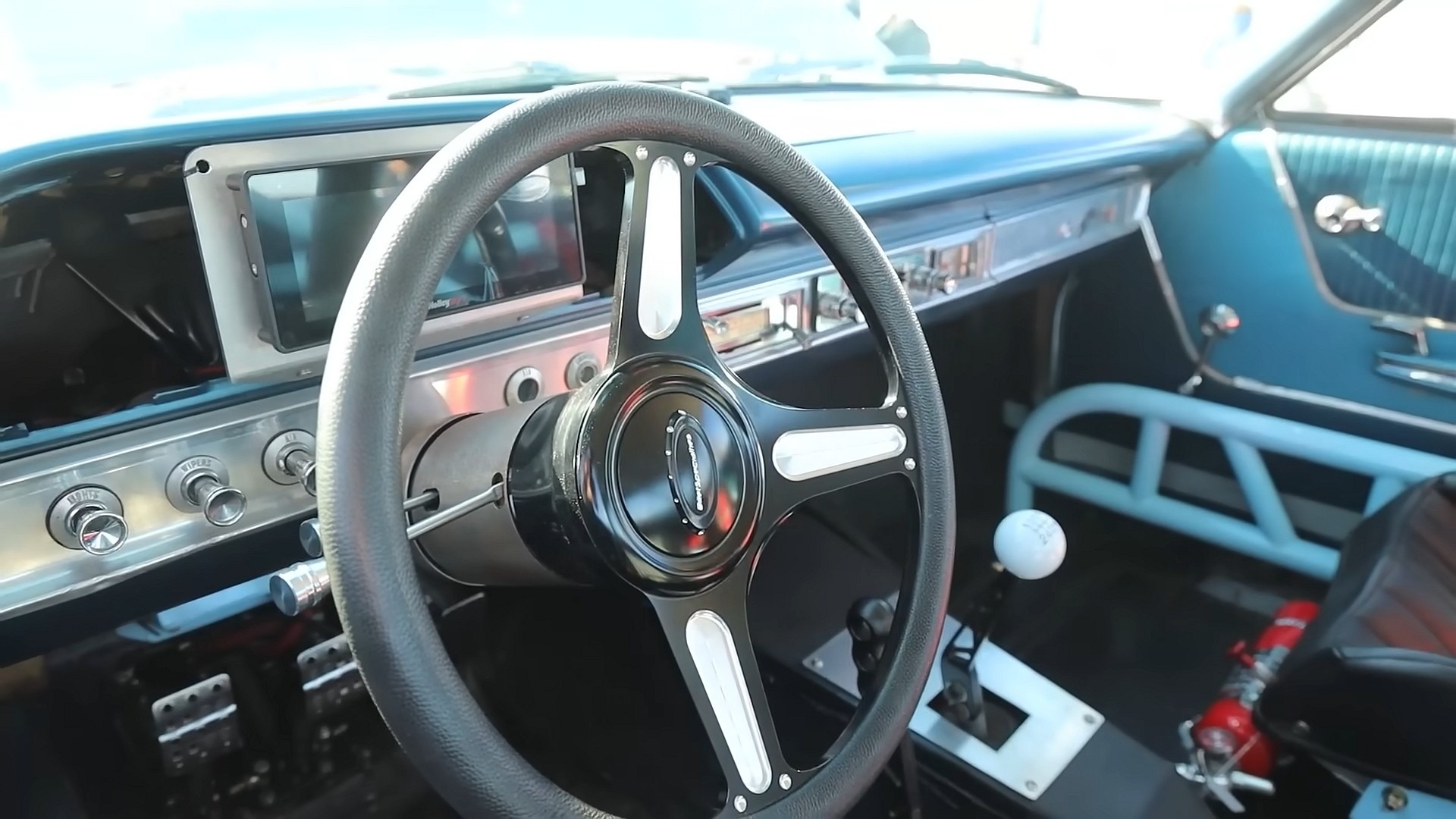Introduced in 1959 as a competitor to the Chevrolet Impala, the Galaxie was Ford’s top-of-the-line full-size model until 1974. And much like its Chevy-badged rival, it was available in many body styles and spawned quite a few limited-edition versions.

With drag racing having become increasingly popular in the 1960s, U.S. automakers began offering full-size cars with beefed-up engines. The Galaxie was included in the program and got a 406-cubic-inch (6.6-liter) FE V8 in 1962. Rated at 405 horsepower, it turned the two-door full-size into a muscle car capable of going against the Impala SS.

But Ford didn’t stop there. Halfway through 1963, it replaced the 406 with the slightly larger, 427-cubic-inch (7.0-liter) version of the FE. Designed to meet both NHRA and NASCAR maximum engine size rules, the 2×4-barrel powerplant was available with aluminum cylinder heads and generated a whopping 425 horsepower. That’s as much as the HEMI V8 that Chrysler introduced in production cars three years later in 1966.
While competitive at the drag strip, the Galaxie was a bit overweight and a tad slower than the competition. Ford went on to build a handful of lightweight cars, but the special R-Code coupes also failed to beat the Chevrolet Impala Z-11. Ford eventually used the smaller Fairlane to create the monstrous Thunderbolt, but that wasn’t the end of the line for the Galaxie as a race car.

Some cars were modified by Holman and Moody for circuit racing and Jack Sears went on to win the 1963 British Saloon Car Championship while driving a Galaxie alongside a small Cortina. Graham Hill and Roy Salvadori also drove full-size coupes in the series that year.
Come 2023 and these race-spec Galaxies are nowhere near as iconic as their drag-ready Chevrolet Impala and Pontiac Super Duty counterparts, but the R-Code has inspired many enthusiasts to build outstanding restomods. The light blue 1964 example you see here is one of them.

Yes, it may not ride on vintage steelies and it doesn’t have a bulged hood like the Thunderbolt, but it’s far more powerful than the iconic R-code. And not because the owner went with forced induction as you see in many restomods. Nope. This one’s as vintage as they get and packs a stack-injected 427 V8. Because nothing beats the look and the sound of this layout.
But make no mistake, this 427 is quite powerful too. The owner says he hasn’t dynoed the car yet, but the mill pumps out around 660 horsepower. And that’s actually far below what the engine was capable of when he got it. We’re talking about more than 900 horsepower. But does it sound as mean as the old-school R-code Galaxie? Well, it actually sounds much more aggressive than that. And you can find out more about that in the footage below. Just make sure you crank up the volume.








